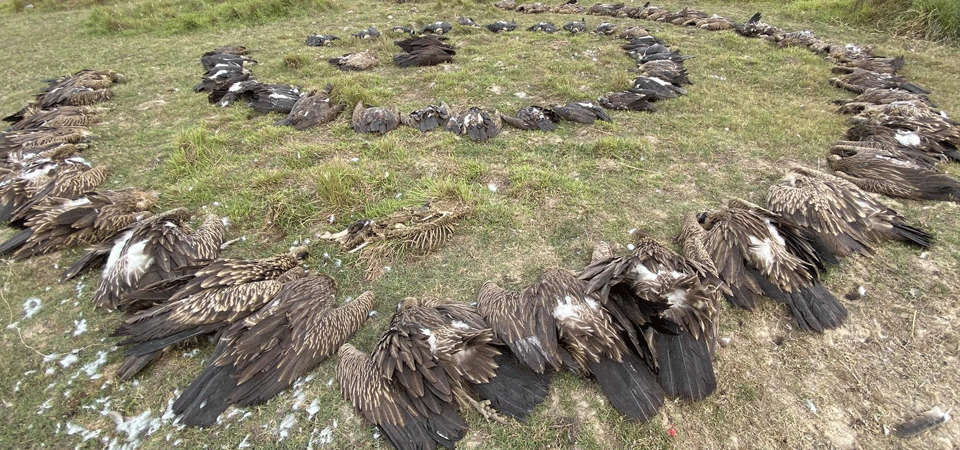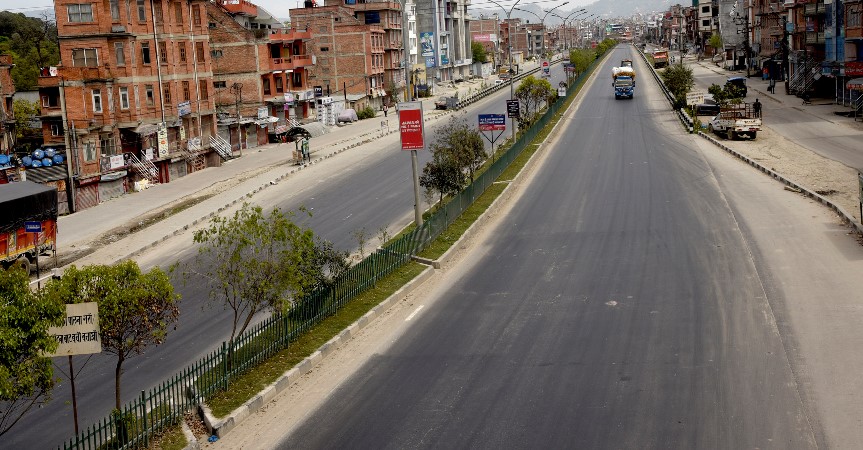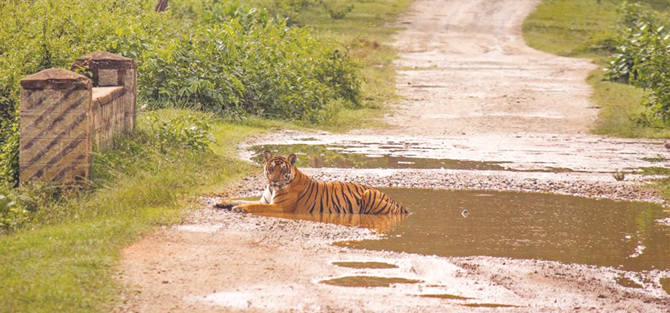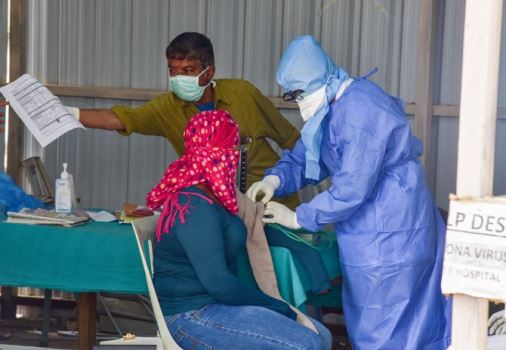Death of vultures: A cause for concern

By Indira Aryal
Kathmandu, Apr. 28: The recent death of vultures in the Nawalparasi district (West) raises concerns about the conservation of the endangered species, which is critically important for the ecosystem.
On April 21, at least 69 vultures died in the farmland of Jitpur of Parasi, the district headquarters.
The vultures are suspected to have died after eating the carcasses of the poisoned stray dogs. Local villagers poisoned the dogs to death, and they were then eaten by the vultures, resulting in their deaths, conservationists said.
According to Krishna Prasad Bhusal, IUCN (International Union for Conservation of Nature) Vulture Specialist Group Member, among the deaths, 33 are White-rumped vultures, one Slender-billed -- all critically endangered -- 31 Himalayan Griffon and two Cinerous vultures -- which are also classified as near threatened. One Himalayan Griffon is still alive and is being treated.
The incident happened 50 kilometres west of the main vulture release site in the district. Officials from the municipality, police, division forest, livestock and veterinary office, National Trust for Nature Conservation (NTNC) and Bird Conservation Nepal (BCN) reached the scene within hours of the incident.
According to BCN, photographs and tissue samples of the carcasses were taken before they were buried to firmly establish the cause behind the death. The investigation report has been brought to the National Forensic Science Laboratory for further investigation.
Shankar Prasad Gupta, Division Forest Officer at the district, said that 67 dead vultures were found on April 21 and two more on the next day.
Seven to eight dead stray dogs were found nearby, three of them eaten by vultures and four thrown in sacks.
For further investigation into the case, Jitendra Singh Khadka, Assistant Division Forest Officer, has been appointed as investigation officer and samples of the dead vultures were sent to Khumaltar, in Lalitpur district, for investigation.
“Now we are waiting for the investigation report. If anyone is found guilty, they will be punished under the National Parks and Wildlife Conservation Act, 2029 (1973),” Khadka said.
Conservation of such endangered species is very important, because they help in safely disposing the dead animals as well as in preventing the spread of zoonotic diseases, he added.
According to him, the loss of the major scavenger from the ecosystem means increased risk of disease for wildlife, livestock and humans, such as rabies and livestock-borne diseases, including anthrax, tuberculosis and brucellosis.
Vultures are the cleaner of the environment and their presence is an indicator of a healthy environment.
It is estimated that nine species of vultures numbering some 20,000 are found in Nepal. Among them, six are residents, one winter migrant, another a passage migrant and another a vagrant. IUCN has categorised White-rumped Vulture, Indian Vulture, Slender-billed Vulture and Red-headed Vulture as critically endangered and Egyptian Vultures as endangered.
Different kinds of vultures are mostly found in Kapilvastu, Rupandehi, Nawalparasi, Dang, Kailali and Kanchanpur in the Terai landscape. Palpa, Arghakachi and Kaski are the mountainous districts where vultures are spotted.
BCN Chief Executive Officer Ishana Thapa said that the organisation has been working to save vultures in Nepal for almost 20 years now and that the progress in breeding the birds and reaching their stage of release over the past three years as well as their population in the wild show significant increase in their population. “But events like this are a big worry, and we need to do more to ensure this kind of event isn’t repeated,” she said.
Ankit Bilash Joshi, BCN Vulture Conservation Programme manager, said vultures are valued for their ecological, social and cultural significances. “Vultures scavenge on carcasses, thereby helping to keep the earth, water resources and environment clean, he said,” adding, “They provide prime ecosystem services as top cleaners in cities, villages, and countryside.”
Vulture population across the country declined by more than 90 per cent between 1995 and 2011. Since 2002, the vulture recovery programme has been initiated in Nepal with an integrated approach. It includes advocacy, education, monitoring, research, captive breeding, supplementary feeding and site protection to help implement Nepal’s Vulture Conservation Action Plan (2015-2019).
Recent News

Do not make expressions casting dout on election: EC
14 Apr, 2022
CM Bhatta says may New Year 2079 BS inspire positive thinking
14 Apr, 2022
Three new cases, 44 recoveries in 24 hours
14 Apr, 2022
689 climbers of 84 teams so far acquire permits for climbing various peaks this spring season
14 Apr, 2022
How the rising cost of living crisis is impacting Nepal
14 Apr, 2022
US military confirms an interstellar meteor collided with Earth
14 Apr, 2022
Valneva Covid vaccine approved for use in UK
14 Apr, 2022
Chair Prachanda highlights need of unity among Maoist, Communist forces
14 Apr, 2022
Ranbir Kapoor and Alia Bhatt: Bollywood toasts star couple on wedding
14 Apr, 2022
President Bhandari confers decorations (Photo Feature)
14 Apr, 2022









